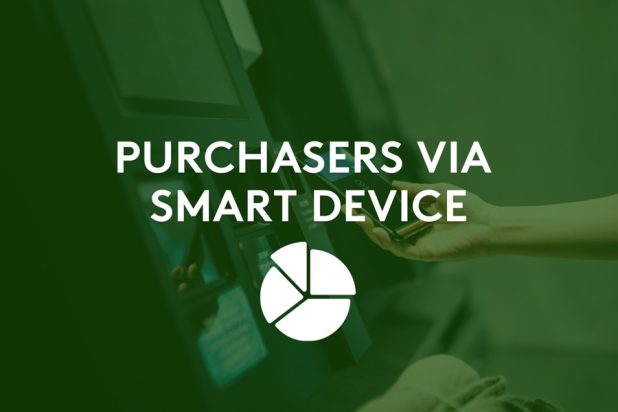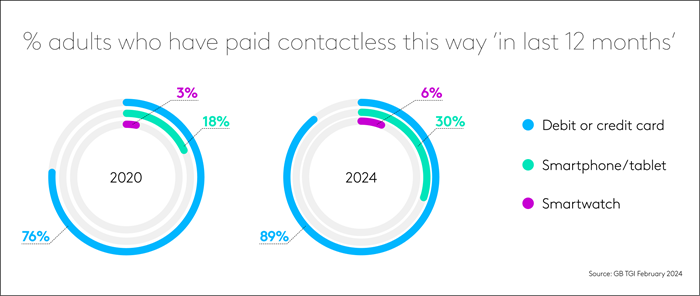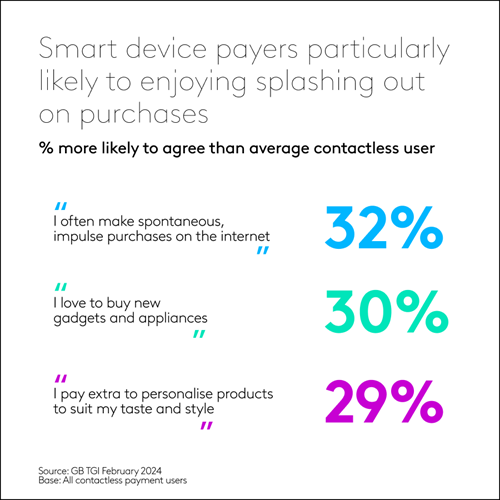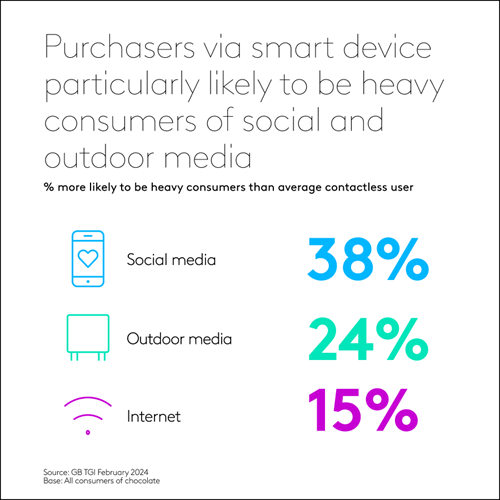Our TGI data reveals the spending and media consumption habits of British adults who pay via contactless
Big rise in proportion of adults making purchases by smart device in recent years

One of the behavioural legacies of the pandemic was to prompt more people to switch from using cash to other means of payment that avoid direct human contact. TGI shows us that between early 2020 and early 2022 the proportion of British adults claiming to make contactless payments rose significantly from 79% to 89%. In the two years since it has largely plateaued, standing at 91% today.
However, this masks considerable movement in how people are paying via contactless. TGI reveals that in 2022 fewer than a quarter of adults (23%) claimed to pay contactless via smartphone/tablet or smartwatch. Today it stands at 32% (17 million people), with smartphones in particular driving this growth.

Understandably, those in the younger life stages are particularly likely to be making purchases via a smart device. For example, ‘Flown the Nest’-ers (aged 15-34, not married/living as a couple, do not live with relations) are 60% more likely than the average contactless user to pay via smart device.
Targeting those who purchase via smart device potentially represents a big opportunity for marketers as TGI reveals they are significantly more likely than the average contactless user to enjoy splashing out and making purchases generally.

When it comes to engaging those who pay via smart device, TGI reveals they are particularly likely compared to the average contactless user to be heavy users of social media and outdoor media.
Indeed, TGI reveals that those paying by smart device are 23% more likely than the average contactless user to say that they feel the need to check social networking sites every day. They are also 20% more likely to feel that out of home advertising improves their perception of a brand.
